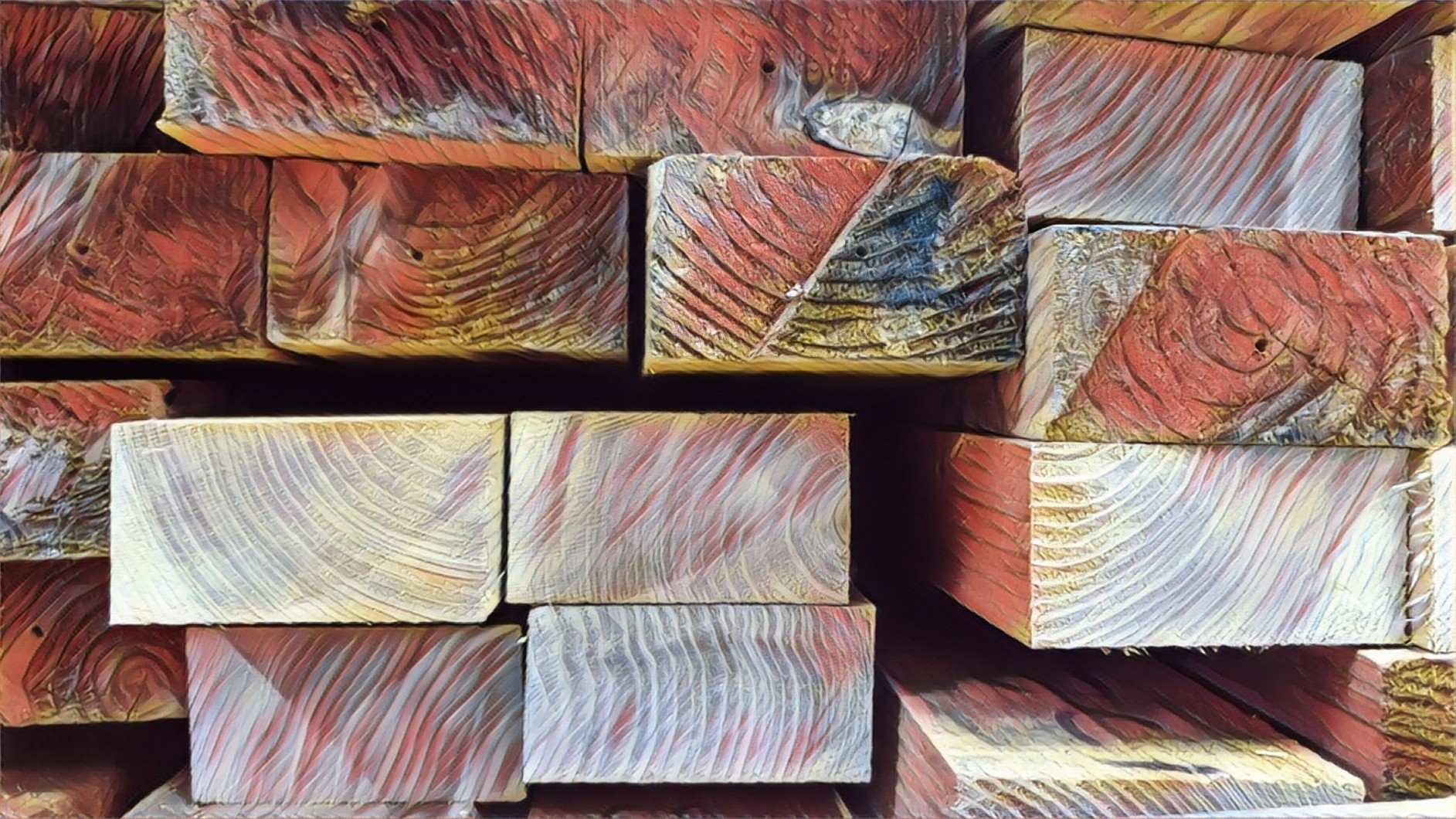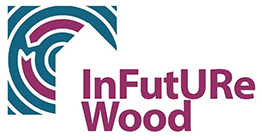Properties of Recovered Wood

This work package addresses the problem that current standards for building design, and timber product manufacture, require strength grading on a basis that is not compatible with reclaimed wood, and similarly varied new timber from less usual sources.
Currently, very large and expensive testing programmes are required, and timber needs to be from known origins, of known species and to have not been previously graded. This makes grading prohibitively expensive or impossible for all but new timber from major commercial species.
The current basis of strength grading is built around the capability of first generation, non-computerised, grading technology. Modern and emerging grading machines are more able to make decisions on the fly, based on live data from recent grading. Current technology therefore enables different approaches to grading that can achieve the same level of safety as current methods, but with less reliance on information that is not available for reclaimed wood, minor species, and from undermanaged forests. The objective is for this new basis grading to be fully equivalent to that of new wood of the main commercial species.
The tasks are:
T5.1 Formulate a compatible and equivalent approach to grading using modern grading technology; demonstrate it works using archive and new data from project partners. This task is mostly modelling with large datasets and comparing to current grading calculations, assessing safety, robustness and yields. Full grading studies are very expensive but data is available from studies already carried out for reanalysis by novel approaches. New testing is primarily for verification.
T5.2 Formulate grade quality criteria that reflect the source material, design and fabrication needs based on information from WP3 and WP4. Not just the strength classes and secondary properties (mapped to those of new timber as far as possible), but more importantly related to other aspects of timber quality such as damage, degradation, dimensional tolerances, and other usability factors that go beyond the visual override criteria for grading of new timber. This task is informed via discussion with industry.
T5.3 Propose revisions of standards to make them more suitable for the circular economy, based on T5.1 and T5.2. The process of changing standards is long, but during Forest Value the key elements of new standards will be drafted and presented for discussion at national and European standards committees. Where possible methods will be adaptable more quickly within factory production control, outside of the existing standards, which will involve working with industry partners and their Notified Bodies.
T5.4 Develop and demonstrate methods of in-situ assessment and post-deconstruction grading for massive wood elements to permit reuse in new designs, and allow greater retaining of building structure when buildings are modified. This secondary objective will involve trials of non-destructive assessment methods, coupled with knowledge of the key performance criteria to assess and the condition of the recovered elements (WP 4).
Workpackage 5
2019-2022
Participating partners
Ljubljana University
Politechnical University of Madrid
National University of Ireland Galway
RISE
Aalto
Isotimber
Stora Enso Spain
Derome


